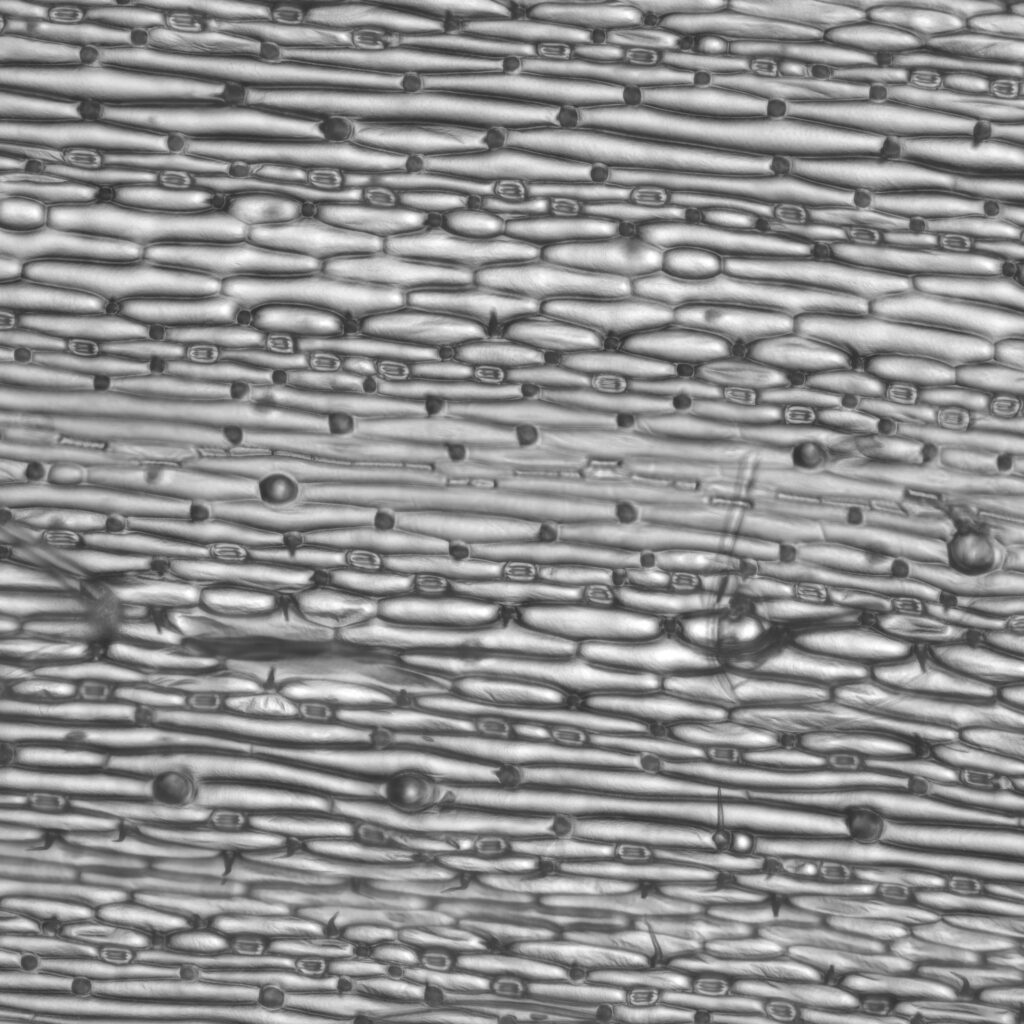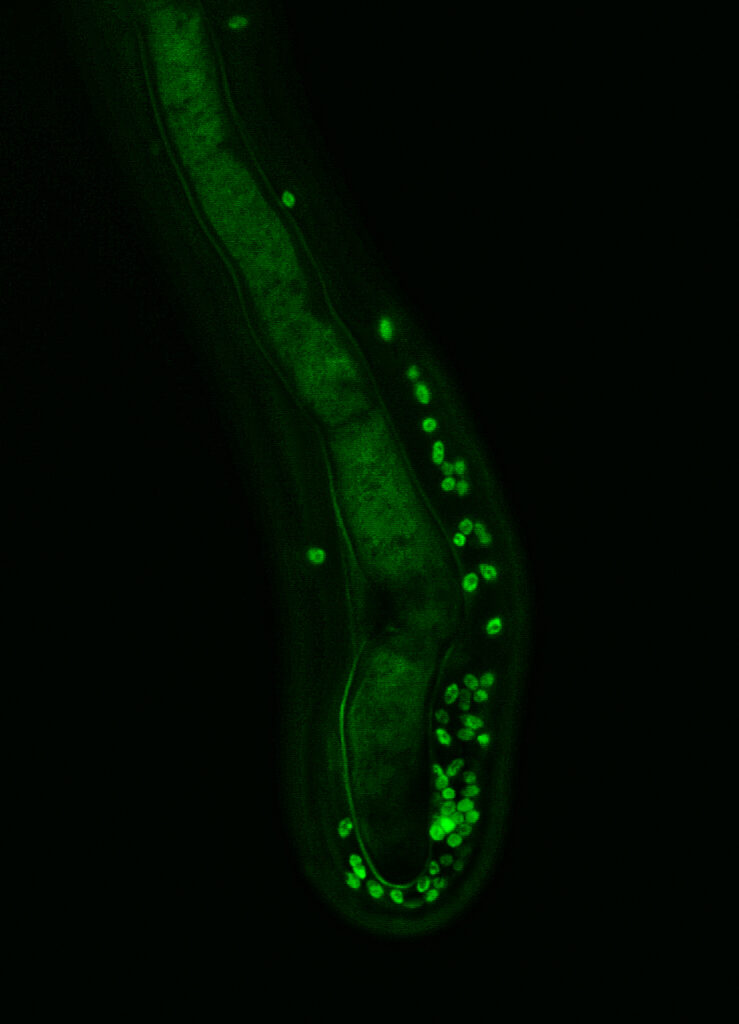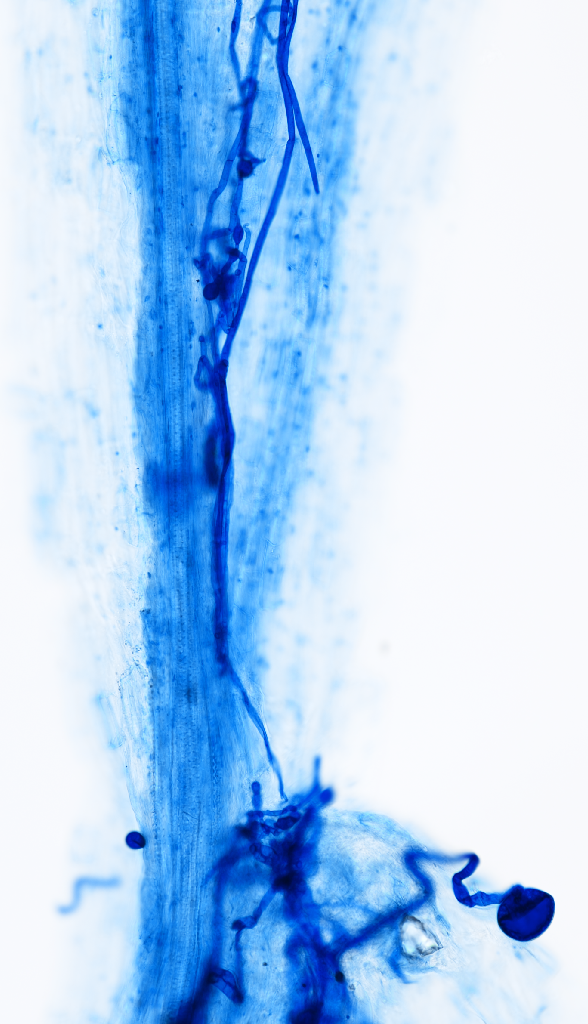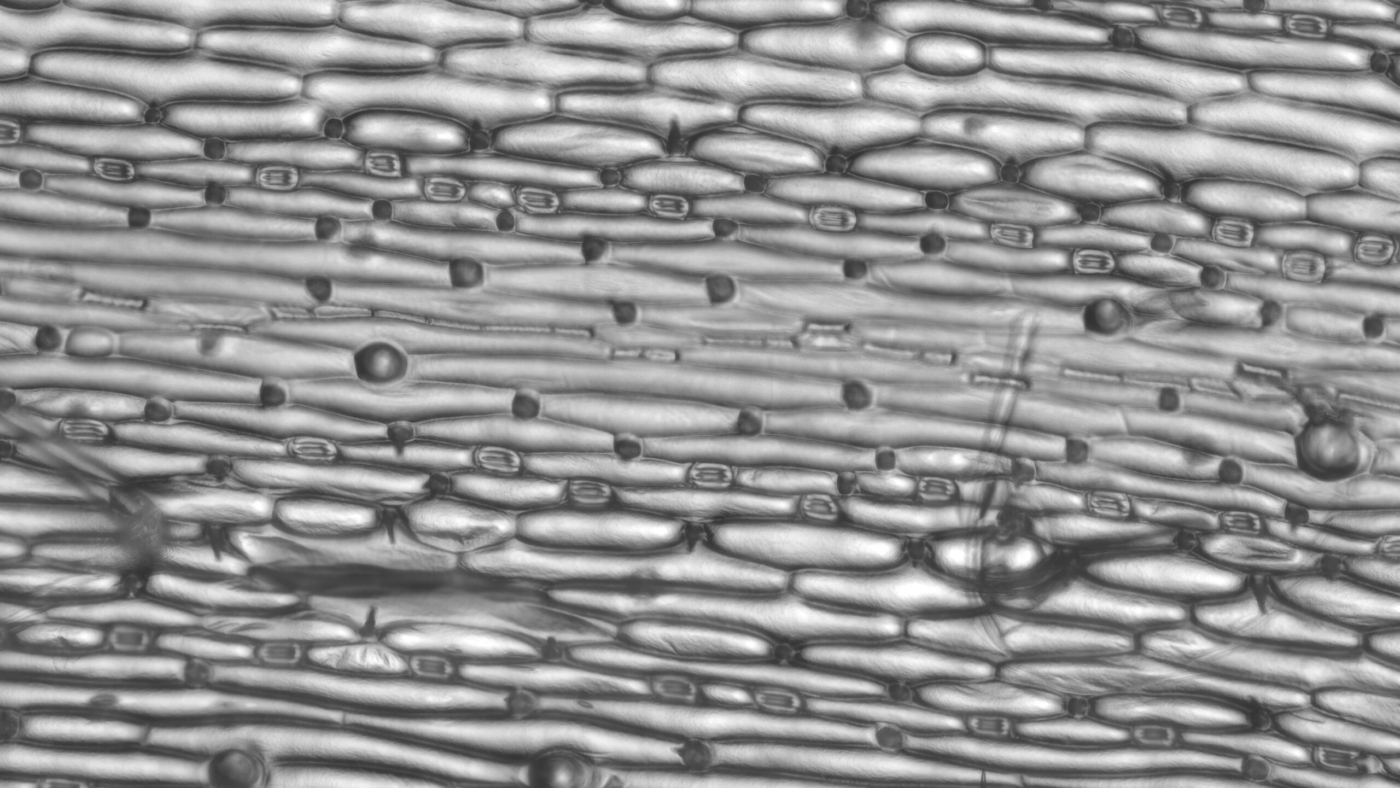All-rounder Ti2 Eclipse for investigating climate change effects on plants and soil microorganisms
Our research group aims to understand climate change (mainly warming and drought) effects on terrestrial biodiversity using microorganisms, invertebrates, and plants from grasslands. Our study approach involves experiments carried out both in the laboratory and in the field. One of our major research frameworks is to incorporate how various life forms (microorganisms, invertebrates, and plants) respond during and after climate extremes (e.g., heat waves). To do so, we measure population dynamics, life history and functional traits of our study organisms.
With the help of the UniBern Forschungsstiftung, we were able to acquire a state-of-the-art widefield microscope (Nikon Ti2 Eclipse) equipped with an automated stage, fluorescence camera, and artificial intelligence (AI) capabilities. Nikon Ti2 Eclipse has become our go-to microscope for high-resolution images to investigate microbial and plant traits in our experiments. Moreover, using AI techniques, we are able to acquire high-throughput data on the fungal colonization (e.g., arbuscular mycorrhizal fungi) of plant roots. Finally, we are using this microscope to understand fungal-bacterial interactions using high-resolution fluorescence images. All these workflows strengthen our research to understand how microscopic organisms respond to climate change.
Prof. Dr. Madhav P. Thakur
Institute of Ecology and Evolution
Division Terrestrial Ecology
Images by Nicolo Tartini (a), Jingjing Shi (b) and Jan Philip Tscheulin (c)



